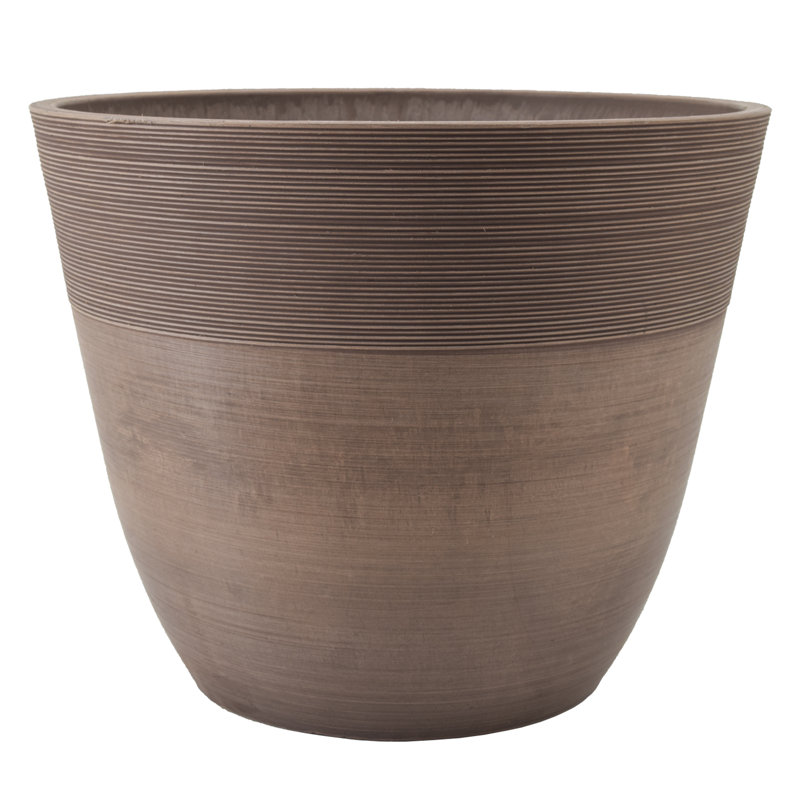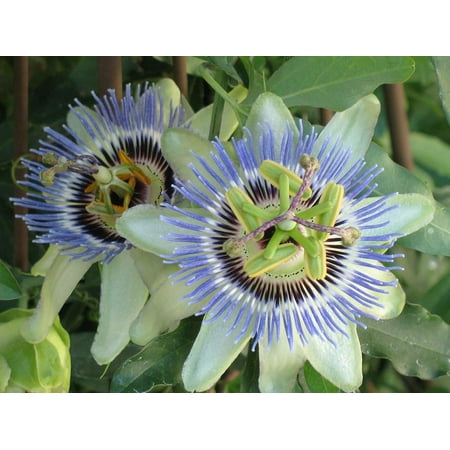How to grow passion flowers in pots – the ultimate flowering vine that will transform any garden, whatever the size
Learning how to grow passion flowers in pots is a great option for gardeners with compact yards

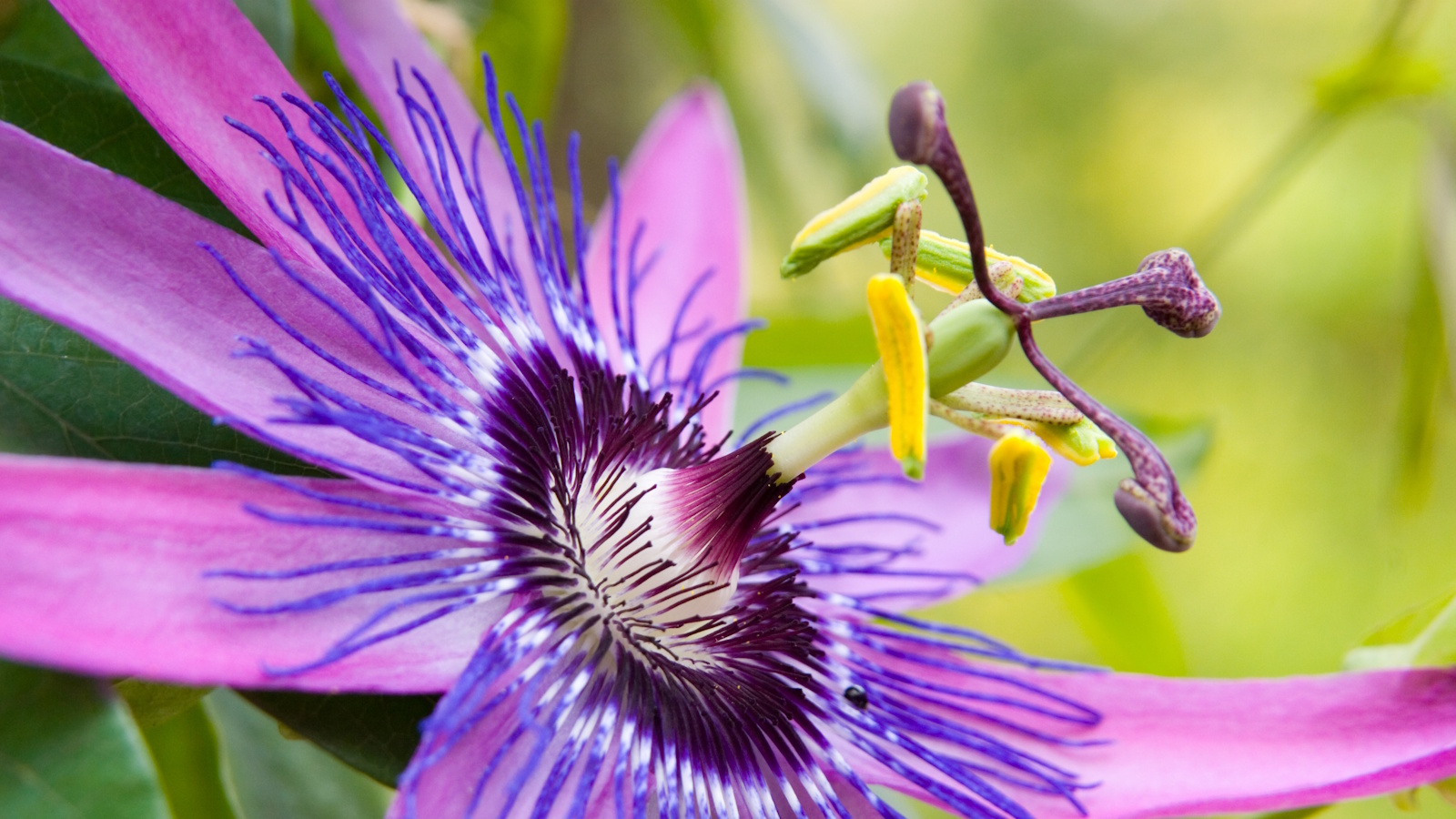
Native to warmer regions in North, Central and South America, passion flowers are impossible to ignore. Wherever they are grown, their unusual blooms take on an otherworldly quality, and during summer, they can support a vast range of pollinators, from bees and hummingbirds to butterflies and bats.
While there are several hardy varieties, including the maypop or Passiflora incarnata, many passion flowers are tender, requiring mild winter weather, the likes of which you find in equatorial regions. For this reason, learning how to grow passion flowers in pots is a great way to maximize color and interest in any-sized space, while also making the process of winterizing far easier.
So, if you want to add some vertical interest to your yard this year, filling surfaces with purple, white, yellow or red flowers, why not consider learning how to grow passion flowers in pots. Here, one passion flower breeder and expert reveals all you need to know to fill your container displays with unusual blooms this year.
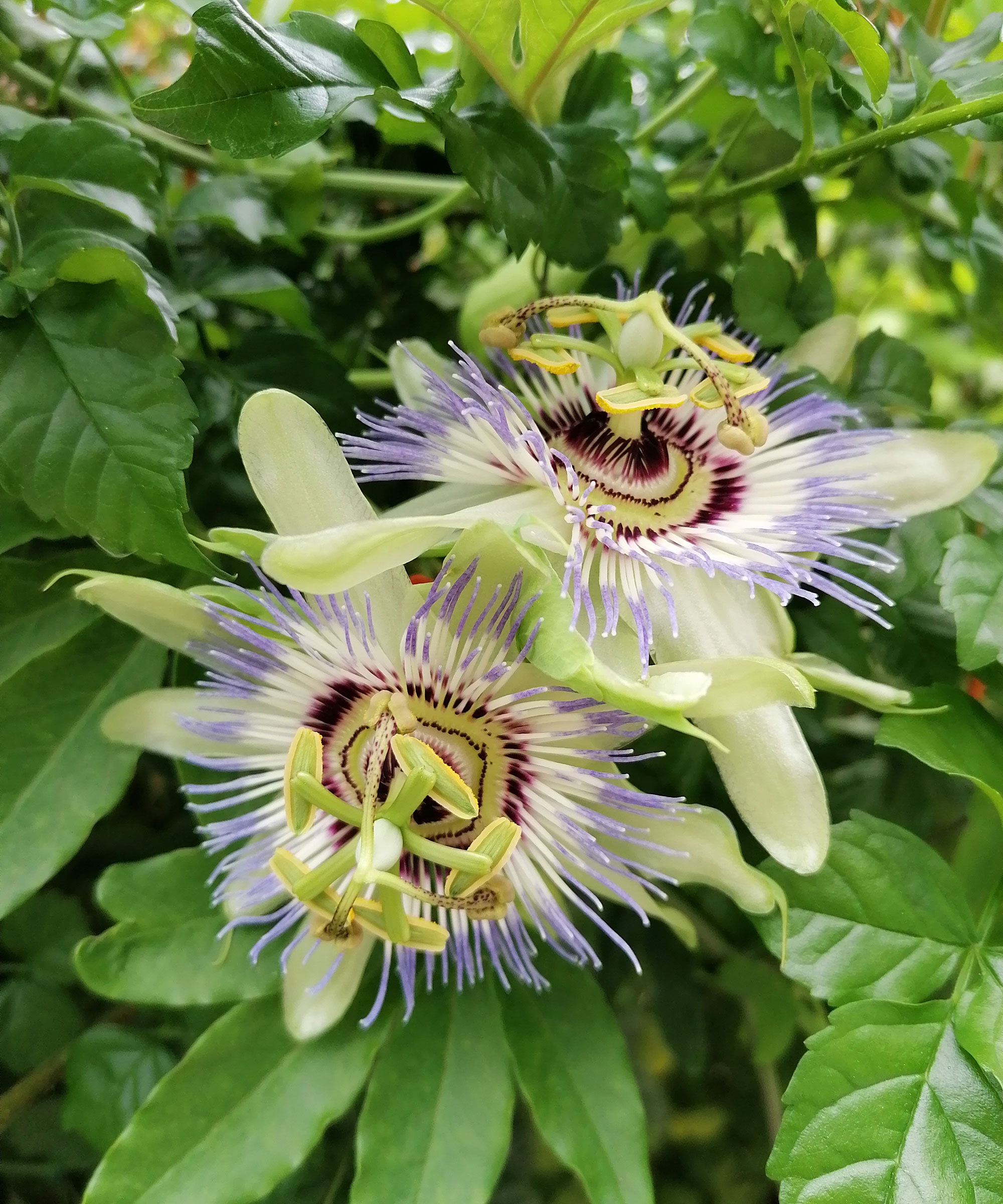
How to grow passion flowers in pots
If you are looking for one of the best climbers to grow in pots that will fill your garden with blooms, then you won't find much better than passion flowers. Even in small plots, they can be enjoyed and grown in a container. And the best part? They are some of the finest flowers that attract hummingbirds and butterflies, and who wouldn't want to turn their backyard into a wildlife haven?
Growing advice for passion flowers in pots
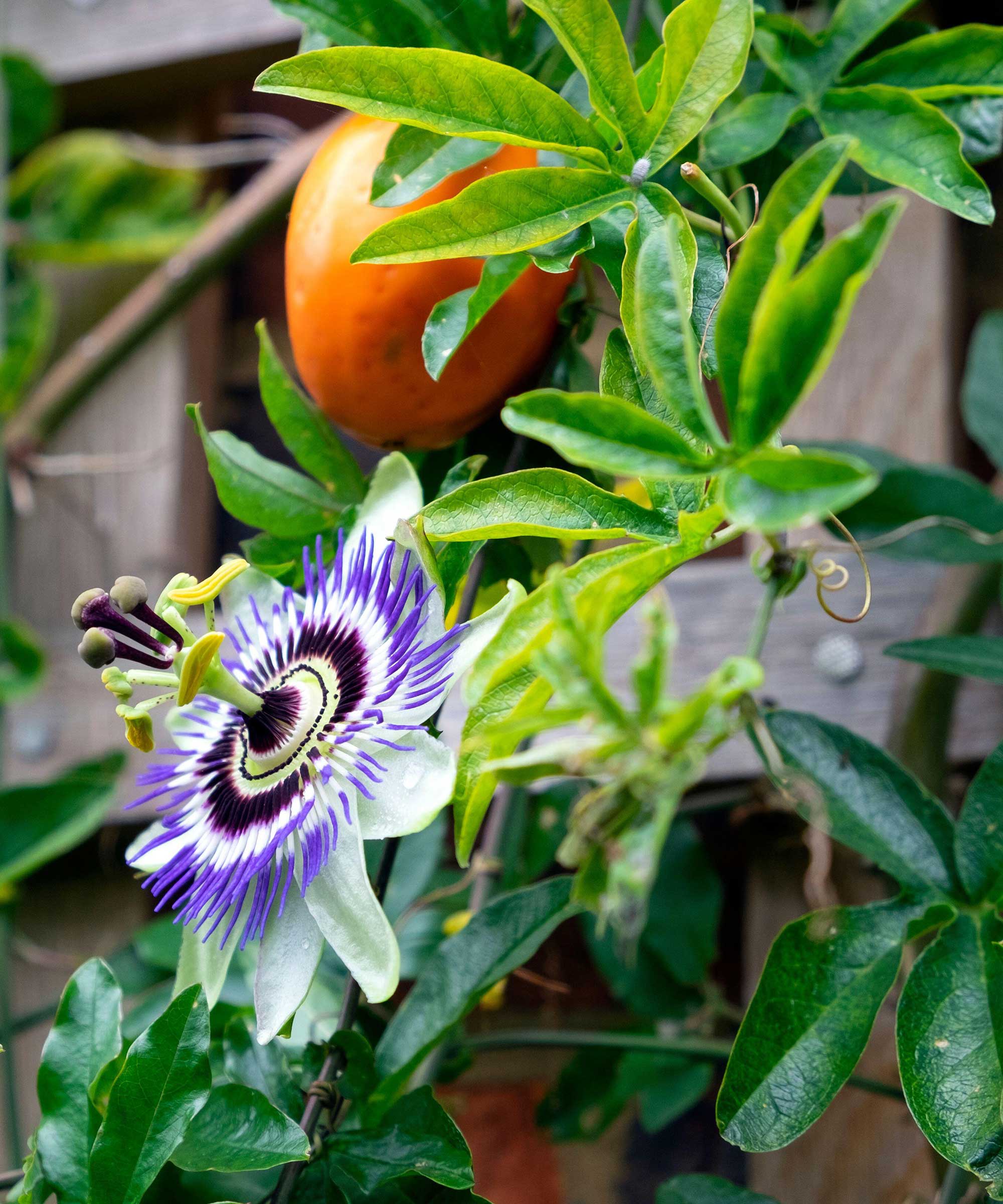
'Passiflora is a large plant family, with approximately 600 species and many hundreds of hybrids as well,' says Myles Stewart Irvine, garden expert and passion flower breeder.
'Many of the most popular decorative options will cope with US hardiness zone 8, although some, such as the native Passiflora incarnata will cope down to zone 5.'
In terms of container culture, Myles recommends placing a large pot in a sunny position full of free-draining soil. 'Choose a good quality multi-purpose compost with horticultural grit or perlite added.'
Design expertise in your inbox – from inspiring decorating ideas and beautiful celebrity homes to practical gardening advice and shopping round-ups.
Use something like this organic potting soil from Whitney Farms, available at Walmart.
'Passion flowers are vigorous climbers, so will readily grow up trellises and plant supports,' Myles adds. 'For a pot, the quickest and simplest solution is to use a handful of bamboo canes that are, say, five or six feet tall.
'Your plants will use their tendrils to vine and climb, but you might need to prune them to keep them in check,' Myles says. 'Be warned, they are fast-growing climbing plants that will scramble through nearby shrubs and trees if left unmaintained.'
Through summer, complete deep watering as needed, which is best done by testing the soil with your fingers. Do not let your pots completely dry out, as this can damage the plants.
'Passion flowers are also greedy feeders, especially in pots,' Myles says. 'They will benefit from fertilizer in spring and summer, but stop feeding as fall approaches.
'Any good general-purpose feed, either liquid or slow release, will do. Chicken manure pellets work well, as does seaweed. If the plant is reluctant to flower, then a tomato fertilizer with less nitrogen will be of benefit over the summer months.'
Try this organic bloom booster fertilizer, available from Amazon, to encourage your vines to produce as many flowers as possible this year.

Myles has been breeding passion flowers since the late 1980s, releasing a number of hybrids since then. He created the Passiflora online site in 2000, and edited the Passiflora online journal. He keeps himself & his neighbors busy with his tropical garden.
Passion flower varieties to grow in pots
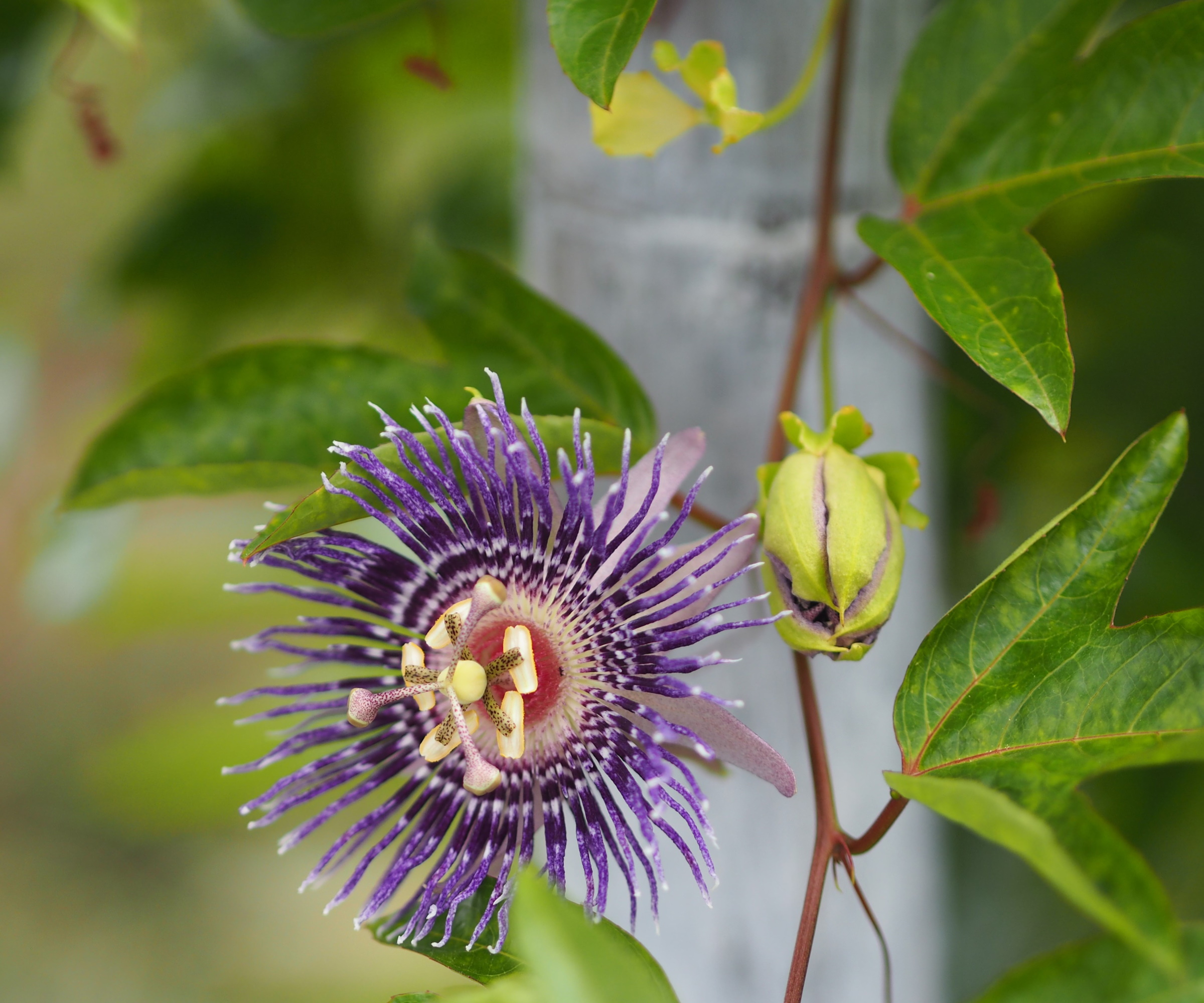
Before choosing passion flowers for your pot displays, remember that some species are considered invasive climbers. For this reason, it is always recommended to do your homework and check with your local government office to understand what you can and cannot grow.
For example, in California, the blue passion flower, or Passiflora caerulea, and the banana passion flower, Passiflora tarminiana, are both considered invasive.
As well, in New York, the purple passion flower, or Passiflora incarnata, is also labelled as another invasive species to avoid. So, be sure to check what is allowed in your region before ordering plants online or from garden stores.
'For me, hybrids are a better option than species passion flowers when growing in pots,' Myles says. 'They produce few runners and sometimes no fruits, so the focus is all on growth and flowers.
'I have bred several different varieties, including Passiflora ‘Betty Myles Young’, Passiflora ‘Damsel’s Delight’ and Passiflora ’Snow Queen', which has impressive white flowers.'
For an unusual crimson variety, try this Passiflora quadrangularis 'Giant Grandilla', with live starter plants available from Amazon.
'Other good hybrids for pot-growing that are available in the US are: Passiflora ‘Clear Sky’, Passiflora ‘Incense’, Passiflora ‘Lady Margaret’, Passiflora ‘Miri’ and Passiflora x violacea.'
For an edible variety, try Passiflora 'Frederick', with live plants available to order from Amazon, which will fill garden structures with impressive white and purple blooms and then dark fruits later in the year.
FAQs
How do I protect a passion flower in winter?
In cooler regions, including zone 5, you will want to protect your passion flower pots from around November, when the chances of frost and snow increase. You may need to cut the vines down to one or two feet to make the containers more manageable. You can either wrap pots in burlap or you can move the entire pot indoors to a cool, dry environment, like a shed or greenhouse. When the temperatures rise, usually around April, you can move the pot back outdoors.
Passion flowers are usually relatively pest-free, but often, when growing in pots, gardeners tend to group large numbers of plants together in small spaces, which can increase humidity and create a few problems.
'Spider mites and mealy bugs can appear in humid environments,' Myles says. 'Mealy bugs can be picked off, or I tend to blast them with a hose. Neem oil is one of the more gentle treatments if the problem is severe enough.'
For more climbing plant inspiration, see our guide on climbing plants that thrive on neglect, to fill your yard with low-maintenance species this year.
Shop garden accessories

Thomas is a Content Editor within the Gardens Team at Homes and Gardens. He has worked as a professional gardener for both public spaces and private estates, specializing in productive gardening, growing food and flowers. Trained in Horticulture at the Garden Museum, he has written on gardening and garden history for various publications, including The English Garden, Gardens Illustrated, Hortus, The London Gardener and Bloom. He has co-authored a Lonely Planet travel book, The Tree Atlas, due out in 2024.
